Before you visit the Juhu beach, before you indulge in the ever-so scrumptious Vada Pav and Bhelpuri, even before you decide to holler ‘Amchi Mumbai’ just for the feel of it, you must start right, you must start from Mumbai ka gate, you start from Akkha India ka Gate, the Gateway of India in Mumbai! The backdrop for many Bollywood and even some great Hollywood movies, Gateway of India in Mumbai is not just a mere tourist spot. The monument has witnessed the journey from Bombay to Mumbai, from a fishing port to becoming India’s one of the most prominent tourism sites. In that sense, the Gateway of India, Mumbai has come a long way.
Often referred to as Mumbai ka gate of India or Indian gate of Mumbai, the site is swarmed by tourists and locals alike. However, if you wish to witness the monument without the usual touristy hustle and bustle, you may consider visiting the place early in the morning. Nothing could be more therapeutic than sitting peacefully at the port and revelling at the expanse of blue. And as the popular opinion goes, the night scene at the Gateway of India, Mumbai is even more magical and the true spirit of Mumbai is striking.
1. History of Gateway of India, Mumbai
Erected in the city of Mumbai in 1911, Gateway of India is one of the most popular places to visit in Mumbai. Built at Apollo Bunder port, it marked the visit of King George V and Queen Mary to Mumbai, the first British ruler to visit India. However, they were only able to witness a cardboard exemplar of the original monument. The original structure only got sanctioned in August 1914. The construction was finished by 1924 and it was opened for the public on December 4th the same year.
A former native fishing ground, Apollo Bunder became one of the most prominent spots for locals, hawkers, and photographers after the construction of Gateway of India in Mumbai.
2. Gateway of India, Mumbai: An Architectural Marvel
Designed by Scottish architect George Wittet, the structure features combined elements of the Roman triumphal arch and Islamic architecture, known as the Indo-Saracenic. With a height of 85 feet and a central dome of 49 feet in diameter, the structure has yellow basalt and reinforced concrete as the base construction material. The perforated latticework screens were brought in from Gwalior while the stones were sourced locally. With intricate latticework, Gateway of India, Mumbai is known as one of India’s most splendid monuments. Intriguingly, there are steps behind the arch of the Gateway that leads to the Arabian Sea.
3. How to Reach
The easily accessible location of Gateway of India, Mumbai makes it popular amongst people travelling to Mumbai to witness the grandeur of the iconic structure. If you too have opted for one of the Maharashtra tour packages, you can expect your tour company to include Gateway of India in the itinerary. Alternatively, if you are coming from Chhatrapati Shivaji International Airport, you can take a bus, an auto-rickshaw, or a cab to drop at Vile Parle Railway Terminus. Then, get to CST via Dadar and board the local train towards Churchgate. From CST, take a bus to Old Customs House followed by a 15-minute walk to Gateway of India. You can also take a taxi which will take you around 20 minutes from Chhatrapati Shivaji International Airport.
4. Best Time to Visit
When travelling, it is always wise to gather all the information beforehand. The Gateway of India, Mumbai is open to the public for the entire year. However, the best time recommended is after the monsoon season. The sight is astonishing and the experience, enthralling! If you time your photos right, you can expect some great shots for your Instagram.
Among the most commonly spoken about monuments in India, mere images don’t do enough justice to the grand structure that is the Gateway of India. If you truly wish to witness the beauty and splendour of this iconic monument with the Arabian Sea being the backdrop, there is no better way than to be there in person.






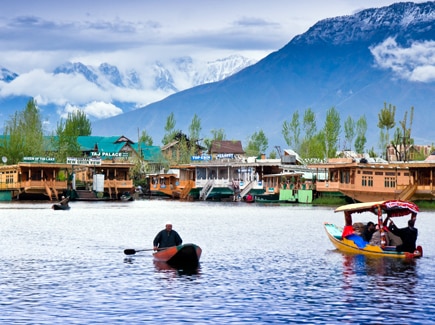
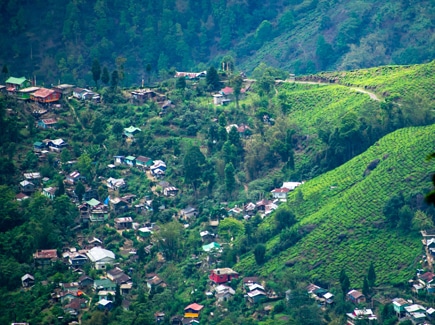
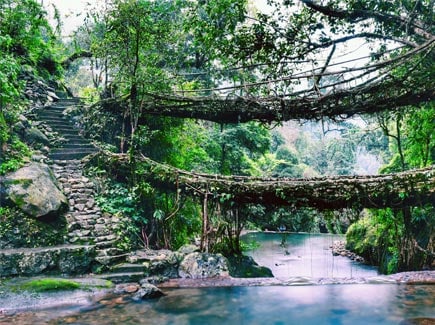
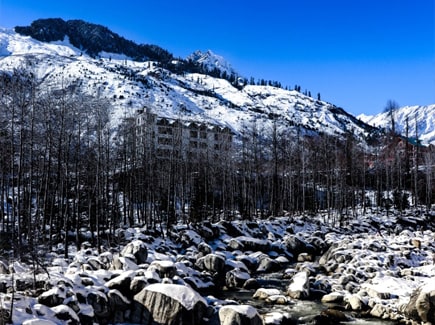
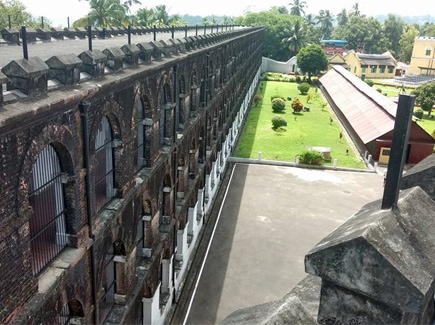
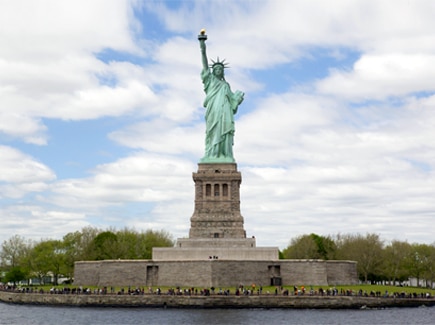
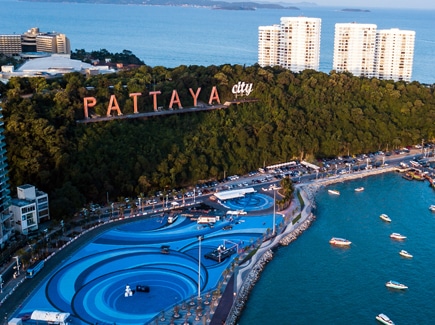
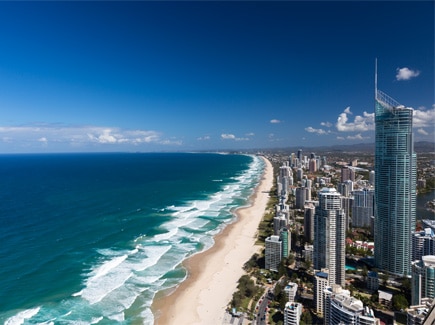









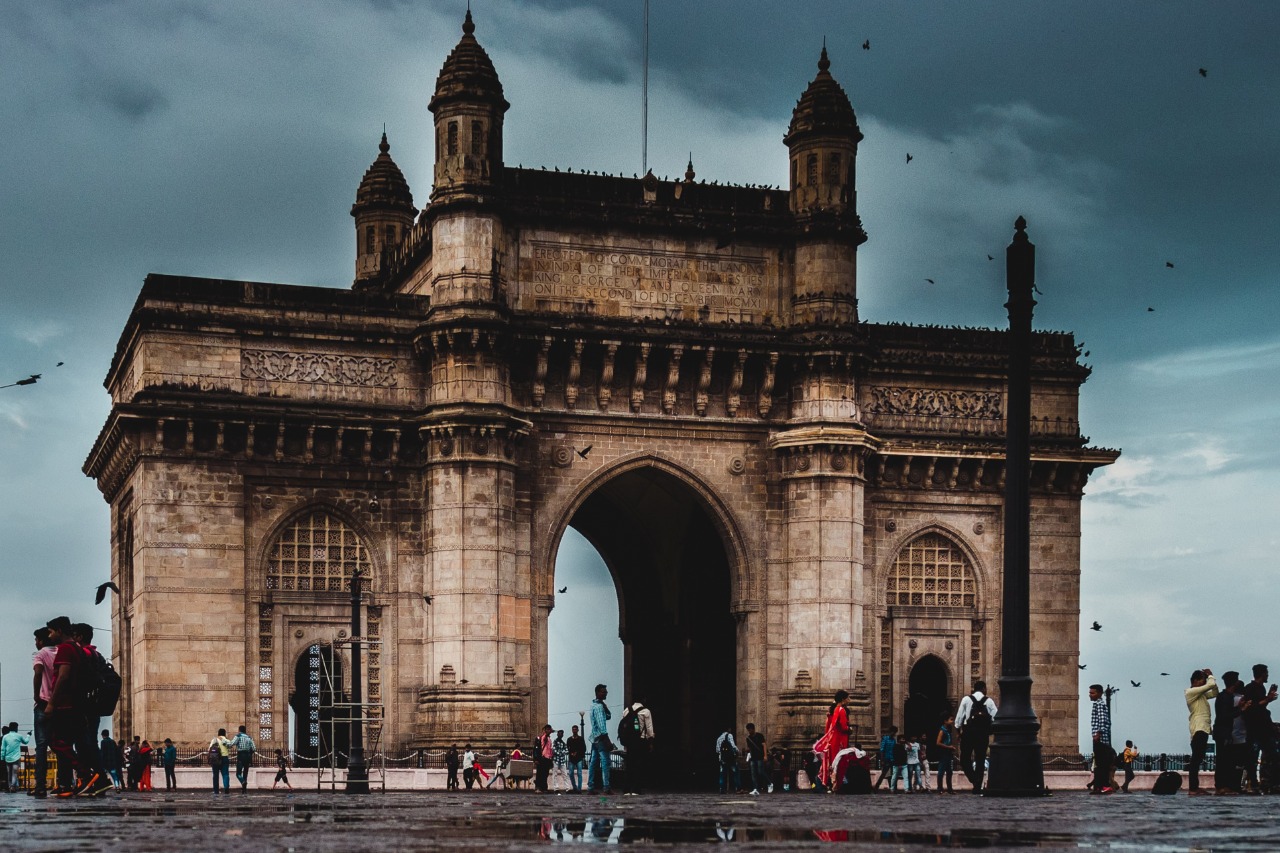





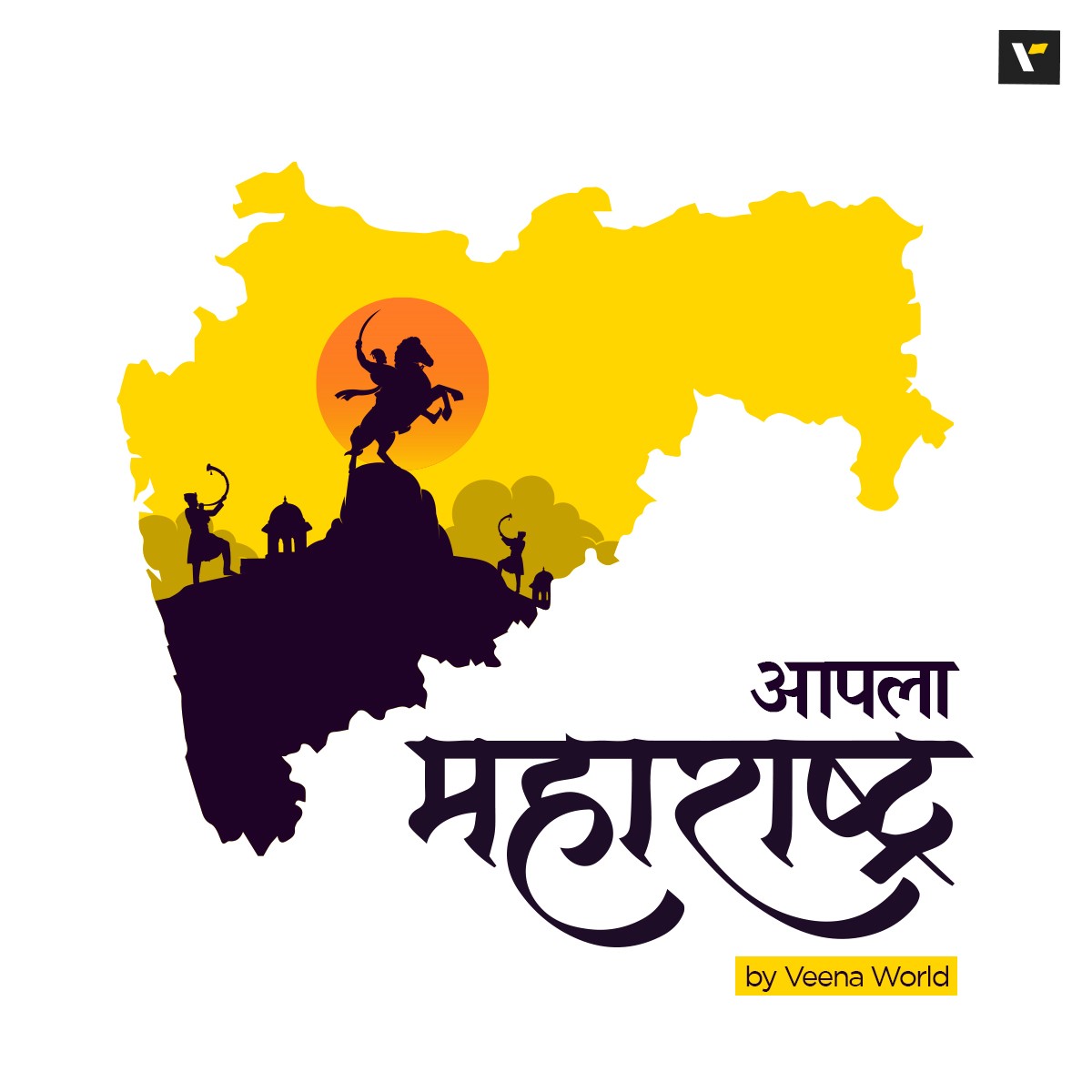



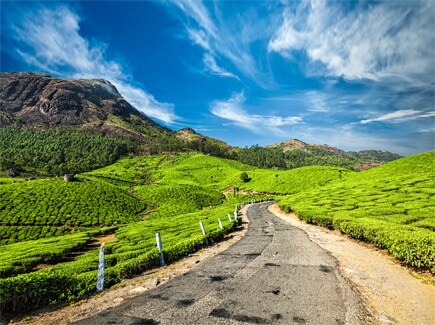
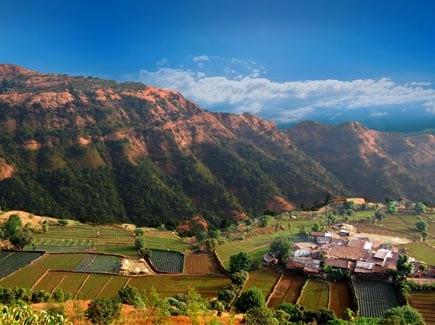










Post your Comment
Please let us know your thoughts on this story by leaving a comment.